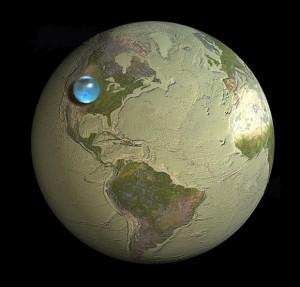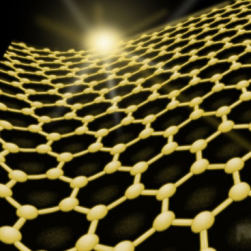If you collected all of the water in the world, including oceans, lakes, glaciers, and even clouds, how much would that be? The resulting sphere would have a diameter of only 860 miles. Yet, this liquid skin still manages to cover 70% of our planet’s surface. Only a small fraction (less than 1%) of the world’s water is drinkable. It presents a major challenge for food security.
Many investors are beginning to think of water as an investable asset class – similar to oil or precious metals, but with less volatility.
Imagine that you own a desktop box that could print physical objects. At the push of a few buttons, you download a file, modify it, and then hit the “print” key.
The possibilities would be endless for localized production, print-on-demand distribution, and the customization of almost everything. 3D printing offers the potential for an industrial revolution within the current generation.
In traditional manufacturing, parts are drilled, cut, bent, and then fastened together. In additive manufacturing, objects are printed to specification, without a single droplet of waste. Entry level printers now exist in the $1,200 range. Just ten years ago, it was impossible to find any for less than $100,000.
Today, companies as diverse as Nike, 3M, Ford, GE, GM, Mattel, and Oakley all use some sort of 3D printing system for prototyping demonstration products. In Europe, manufacturers including BMW, Nokia, Rolls Royce, and Airbus are doing the same.
Name one material that has the following qualities: superstrength, superconductivity, self-cooling, anti-bacterial, anti-corrosive, photovoltaic.
Carbon is one of the most abundant elements on the planet, yet in the form of graphene it has unique qualities. Graphene is a sheet of carbon that is just one-molecule thick. Rows upon rows of interconnected six-sided carbon molecules are linked together in a way that is unusually strong, yet flexible.
Its discoverers were awarded a Nobel Prize in physics during 2010.
Despite its humble origins (it was first created by peeling a thin layer of pencil graphite using sticky tape), graphene is already showing a head-spinning array of applications.
Here are some headlines from the past few months:



